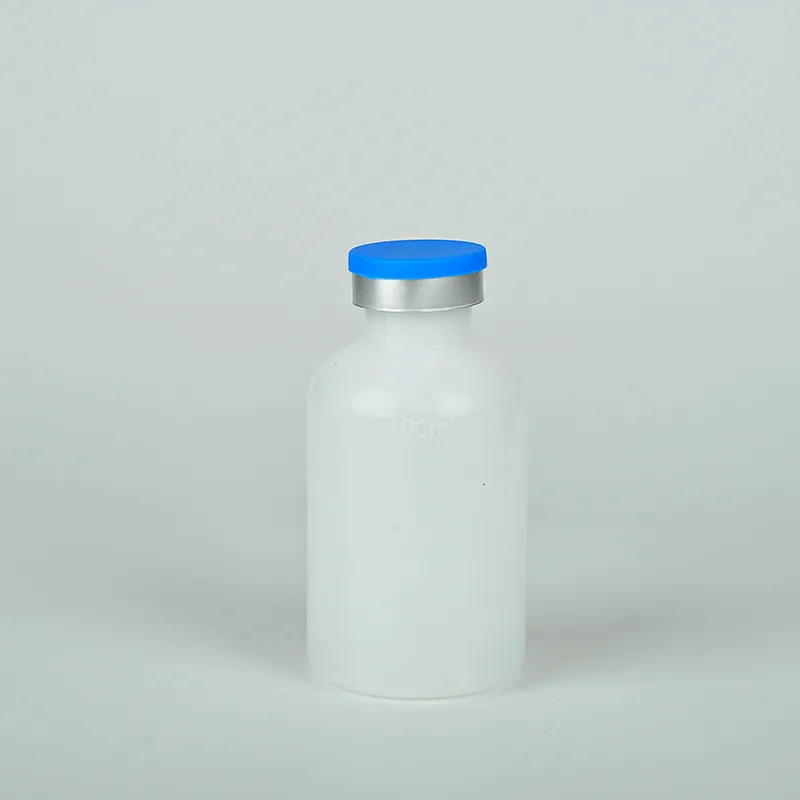https://www.wahmg.com/)">
two uses of reagent bottle
two uses of reagent bottle
The Two Uses of a Reagent Bottle
Reagent bottles are a staple in laboratories around the world, valued for their versatility and functionality. Typically made of glass or durable plastic, these bottles are primarily designed to store and dispense various chemical solutions and reagents safely. This article will explore two prominent uses of reagent bottles that highlight their importance in scientific research and educational settings.
1. Storage of Chemical Reagents
The primary use of a reagent bottle is, of course, to store chemical reagents. Laboratories often deal with a plethora of substances, ranging from acids and bases to solvents and delicate biological materials. Proper storage is crucial for maintaining the integrity of these chemicals and ensuring a safe working environment.
Reagent bottles are designed to provide an airtight seal, which helps prevent contamination and evaporation. This feature is particularly vital for volatile substances that can easily degrade or react with moisture in the air. Furthermore, reagent bottles are commonly labeled with important information, such as the name of the chemical, concentration, hazard warnings, and expiration dates. This labeling is essential for safety and efficiency in the lab, ensuring that individuals can quickly identify the right substances without the risk of mix-ups.
In addition to their practicality, reagent bottles come in various sizes, catering to different storage needs. Smaller bottles may be used for frequently accessed reagents, while larger ones can store bulk quantities, making them indispensable in both small and large-scale laboratories.
two uses of reagent bottle

2. Facilitating Experiments and Reactions
Beyond storage, reagent bottles also play a critical role in facilitating experiments and chemical reactions. When conducting experiments, chemists often need to mix specific amounts of reagents to observe reactions or create new compounds. The design of reagent bottles allows for easy pouring and measured dispensing, which is crucial for achieving precise results.
Moreover, many reagent bottles are compatible with laboratory apparatus, such as pipettes and burettes, enabling seamless transfer of liquids. In more advanced applications, reagent bottles may be equipped with features like dropper tips or spray nozzles for controlled dispensing. This adaptability makes them essential for a wide range of experimental setups.
Furthermore, reagent bottles can also serve as mini-reaction chambers. For some experiments, especially in organic chemistry, small-scale reactions can be conducted directly in the bottle, minimizing the need for additional equipment. This capability streamlines the experimental process, saving time and reducing the complexity of setups.
Conclusion
In summary, reagent bottles are invaluable tools in the laboratory setting, serving the dual purpose of safely storing chemical reagents and facilitating experiments. Their design features support both the practical needs of scientists and the rigorous safety standards necessary in chemical handling. As research continues to advance and new experiments are developed, the importance of these simple yet effective containers will only continue to grow.
-
Wholesale Plastic Juice Bottles with Caps 16 oz Options Available Bulk Packaging SolutionsNewsJun.10,2025
-
Laboratory Apparatus Reagent Bottle – Durable & Chemical Resistant Bottles for Safe StorageNewsJun.10,2025
-
Squeezable Dropper Bottles Durable, Leak-Proof & CustomizableNewsMay.30,2025
-
Affordable Plastic Petri Plates Sterile & Disposable Lab-GradeNewsMay.30,2025
-
Eye Dropper Caps Precision 24/410 & Plastic Bottle-Compatible TipsNewsMay.30,2025
-
Affordable Mini Spray Bottle Price & Wholesale Deals Shop NowNewsMay.29,2025





















